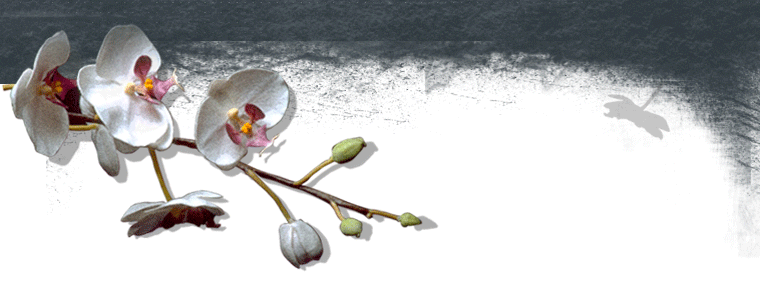
Adolescence is a unique stage of life. In between childhood and adulthood, teens go through massive changes on both a physiological and a psychological level. Naturally, this means that teens also have unique health and wellness issues. While nothing replaces regular physical exams with a physician and an active lifestyle, massage therapy can be a valuable component of a teen’s health and wellness. Here are three different issues often occurring during adolescence that massage has been shown to help:
Poor body image and eating disorders.
According to the National Institute of Mental Health, 3% of American teens suffer from an eating disorder, and the majority of them go untreated. Depression, social pressures regarding appearance, and participation in sports where leanness is valued (such as gymnastics, wrestling, and diving), are all associated with the development of eating disorders. Needless to say, high school provides ample opportunity for all of these.
Studies done at the Touch Research Institute with women who struggle with either anorexia nervosa or bulimia showed that regular massage decreased anxiety levels, increased levels of the feel-good hormone dopamine, and reduced depression scores. Participants in the study also showed better scores on the Eating Disorder Inventory, indicating better body awareness. While counseling is obviously of paramount importance, massage therapy can be a powerful adjunct to other forms of treatment for eating disorders.
PMS and menstrual pain.
What’s worse than menstrual problems? Menstrual problems when you’re a teenager. Between the irregular cycles, the inexperience with managing symptoms, and the embarrassment about getting help, adolescence can be a rough time to have a uterus. Effective treatments like hormonal birth control can have negative social connotations, and require a pelvic exam to obtain, a procedure that most teen girls have yet to experience and may wish to avoid.
Massage therapy has been shown to help with pain, anxiety, and feelings of depression related to PMS, as well as other symptoms like water retention. Girls can also benefit from learning self-massage techniques to use when experiencing menstrual cramps on a day-to-day basis.
While high school athletes are injured at around the same rate as professional athletes, their growing bodies mean that they’re often injured in different ways. Since bones grow before muscles and tendons do, youth are more susceptible to muscle, tendon, and growth plate injuries. Sprains, strains, growth plate injuries, repetitive motion injuries, and heat-related illness are among the most common injuries among young athletes. Boys are most likely to experience athletic injuries while playing ice hockey, rugby and soccer, while soccer, basketball and gymnastics lead to the most injuries in girls.
Sports massage has a long history, and can be especially effective when dealing with repetitive motion injuries like tennis elbow and runner’s knee. Massage therapists are now found at every kind of sporting event, from the Olympics all the way down to your local 10K. Given that teen athletes can be more vulnerable to injury and overuse than their adult counterparts, it makes sense to offer them the same opportunities for healing and pain relief.
Do you know a teen who could use a massage?
Image courtesy of stockimages/ FreeDigitalPhotos.net

